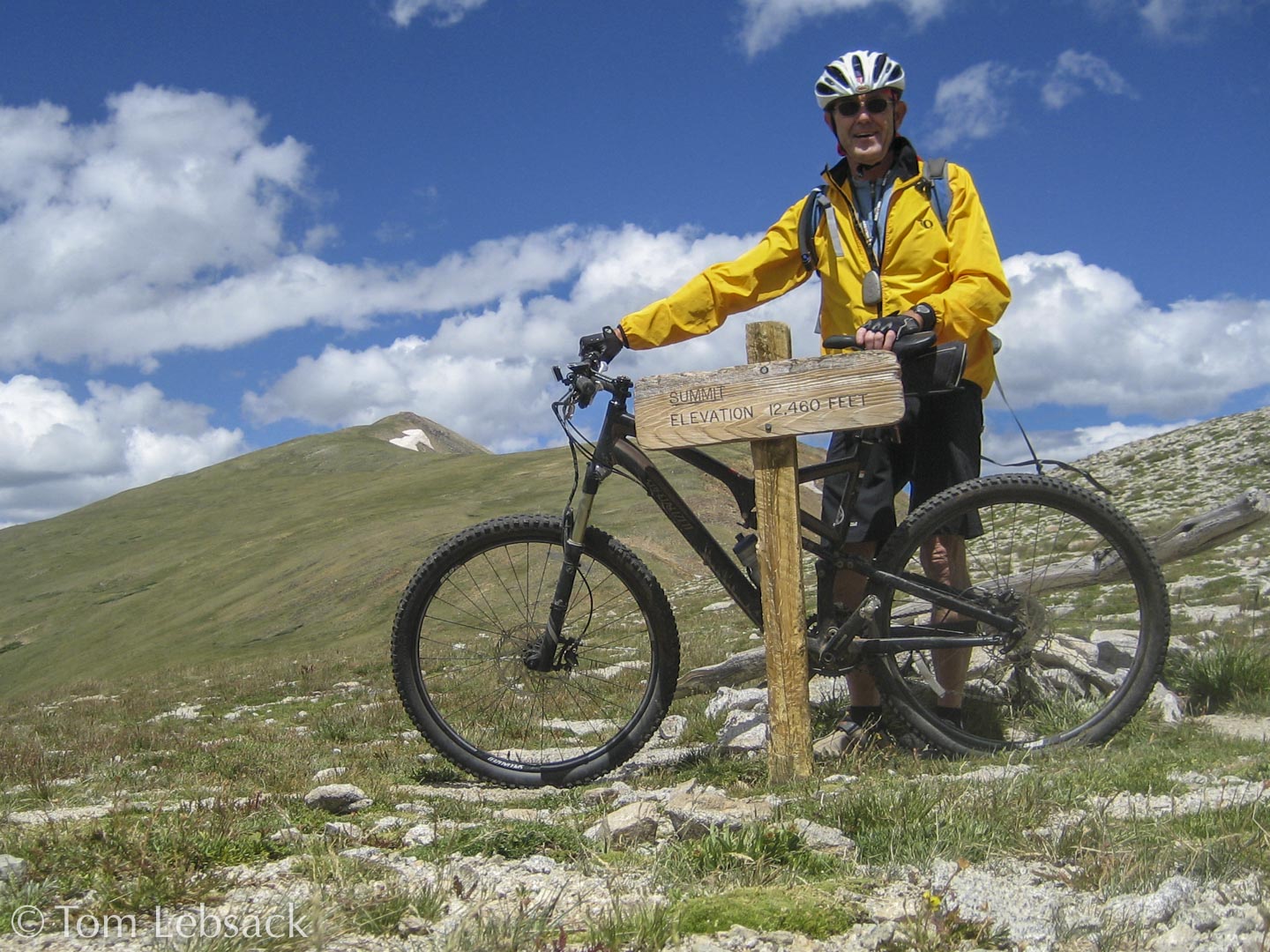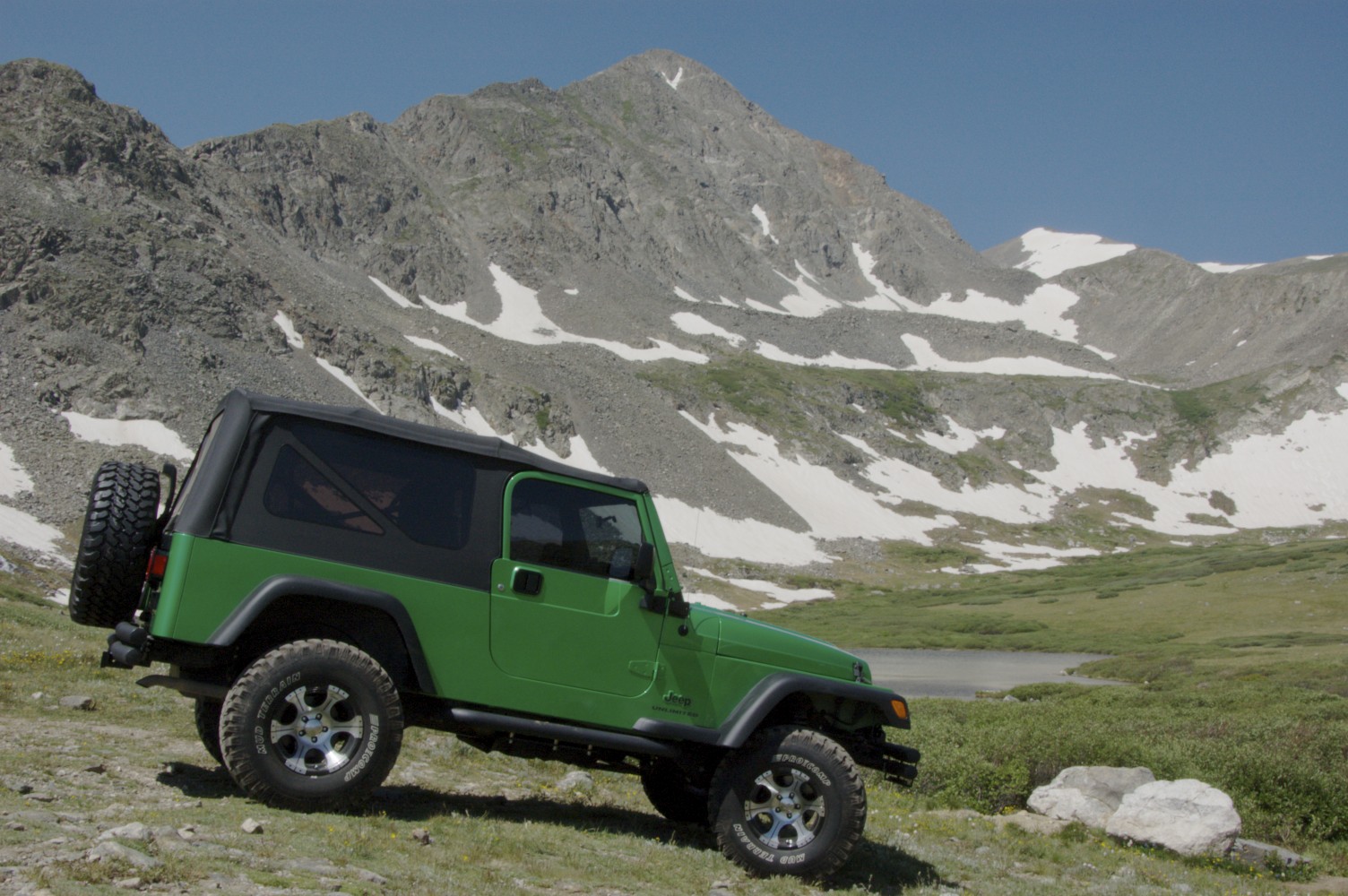About
In retirement I became interested first in digital photography and, soon, in wildflowers, mainly because of hiking in the Colorado Rockies. The interest in the images developed into a curiosity about the species themselves. Dusting off my knowledge of botany and learning much more over the years, I made an effort to correctly identify and describe what I was photographing.
My wife of 50+ years and I live in Breckenridge, Colorado, and in Austin, Texas. Both places offer fantastic opportunities for wildflower photography. We make many trips around the two states each season finding and photographing plants.
References
Several sources for plant identification are used, with these being the most important:
Books
-
“Flora of Colorado” by Jennifer Ackerfield
-
"A Field Guide to Wildflowers of the Rockies” by Carl Schreier
-
“A Guide to Rocky Mountain Plants” by Ruth Ashton Nelson and Roger L. Williams
-
"The Alpine Flora of the Rockies, Vol. 1” by Richard W. Scott
-
“Guide to Colorado Wildflowers, Vol. 2” by G.K. Guennel
Websites
-
iNaturalist - www.inaturalist.org
-
USDA Plants Database - plants.usda.gov/
-
Integrated Taxonomic Information System - www.itis.gov/
-
Southwest Environmental Information Network - www.swbiodiversity.org
-
Southwest Colorado Wildflowers by Al Schneider - www.swcoloradowildflowers.com
-
Wildflower Search - www.wildflowersearch.com
-
Biota of North America Program - www.bonap.org
-
The American Southwest - www.americansouthwest.net
-
Flora and Fauna Northwest by Paul Schlichter - science.halleyhosting.com
I use the accepted scientific names from the Integrated Taxonomic Information System (ITIS) website. These may not always agree with other authorities, however.
Family names have been revised according to the latest APG standards.
Photo Equipment and Processing
All of the photographs were taken with digital cameras, primarily Nikon DSLRs, including D70, D200, D300S and (currently) D810. Most DSLR photos were taken with a Nikkor-Micro 70-180mm f/4.5-5.6 zoom macro lens. Other cameras were used as well, including aim-and-shoots Canon SD650, Nikon P7000 and Sony RSX-100IV.
Some of the photos are products of the focus stacking technique to put into focus the subject and blur the rest. I use either the lens focus barrel or a Kirk FR-2 focussing rail. The technique involves taking several or many images at different focal lengths and using software to stack them together to produce an image with all or selected parts in focus. There are three examples on this page. Photos 3633/3648, 1377/1390 and 1859/1878 are stacks of 16, 14 and 20 images, respectively.
Most photos were taken with natural light but some close-up shots were made using a Nikon RC1 macro flash system.
Almost all photos are shot with camera RAW file format and developed and converted to JPEGs on a Macintosh computer with Adobe Lightroom, Topaz Photo AI for noise reduction, if needed, and Color Efex4 Pro software for contrast enhancement, if needed. For the focus stacks I use Helicon Focus software to process the images.
My processing steps consist of first identifying the plants and organizing them in Lightroom with keywords. The photos are usually cropped and exposures/contrasts adjusted before converting to JPEGs and uploaded to my website using Blocs web development software.
Using the Images
The photographs on this site are copyrighted, but can be used with prior permission and attribution. Please contact me about usage or if you would like prints.
When contacting me, please give the image number you are inquiring about. It's the 4 digit number following the plant name.
Image numbers are assigned by the camera while photographing. Usually there is just one number. In some cases there are two, such as 6764/6789, indicating that several or many images, in this case 26, were taken at different focal lengths and stacked together to produce an image with most or all parts in focus. This process is called focus stacking.
Getting There
Along with hiking, mountain biking is a great way to get to some of the best wildflower sites, and it’s quicker than walking. My backpack is usually loaded with a camera, hiking tripod, biking equipment and water for a day in the Colorado backcountry. If it’s an aggressive ride, I’ll take my small Sony RX100-IV camera, and for easier rides my DSLR with macro lens will be in the backpack.
Another way we get to the best places is in our 2005 Jeep Wrangler Unlimited shown here at Lower Crystal Lake in Summit County. We drive as far as the roads allow and then hike. Click here for more about our Jeep adventures.
Contact
If you would like to contact me about the site, I’d love to hear from you! Please email me by clicking here Suggestions, comments and corrections to identifications are all much appreciated!
© Tom Lebsack 2025
Banner photo: Castilleja rhexifolia and a brewing storm over the San Juan Mountains
I try to provide accurate, up-to-date, and relevant information, but cannot guarantee the completeness or accuracy of any information presented on this website. I use authoritative references to insure high standards of accuracy and review and update the information frequently.

